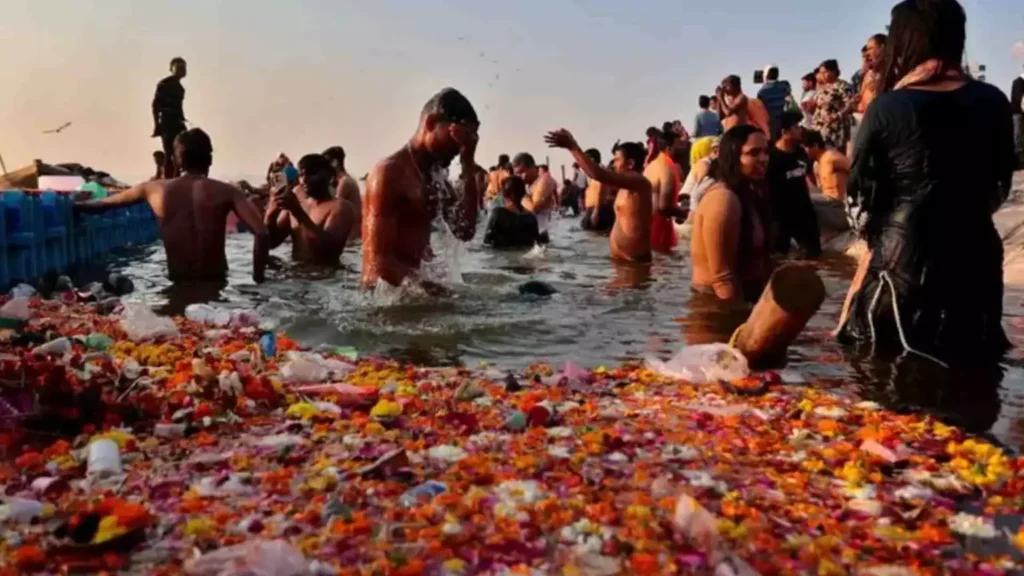
New Delhi: Concerns over water safety at the ongoing Mahakumbh in Prayagraj have escalated following reports of high levels of faecal bacteria in the Ganga. Adding to the alarm, Dr. Dipshikha Ghosh recently shared on X the case of a woman who developed a severe lung infection after taking a dip in the river.
“I have a patient with a severe lung infection caused by Kumbh water entering her nostrils during the dip. She is now unable to breathe on her own and has been placed on a ventilator. Religion is important, yes, but please don’t undermine science. Be aware. Be cautious,” she warned.
In a follow-up comment, Dr. Ghosh revealed that the patient developed a high-grade fever after her visit, and tests confirmed Salmonella infection in both lungs.
Water Quality Report Raises Concerns
On February 17, the National Green Tribunal (NGT) was informed through a Central Pollution Control Board (CPCB) report that several locations in Prayagraj failed to meet primary bathing water quality standards due to excessive faecal coliform levels.
“The river water quality did not meet primary bathing standards due to high faecal coliform (FC) levels at all monitored locations. Large numbers of people bathe in the river at Prayagraj during the Mahakumbh Mela, particularly on auspicious days, leading to a surge in faecal contamination,” the report stated.
Faecal coliform bacteria, including Escherichia coli (E. coli), are found in the intestines of warm-blooded animals. Their presence in water indicates contamination from sewage or animal waste, posing risks of waterborne diseases such as diarrhea, dysentery, and typhoid. Common sources include agricultural runoff, leaking septic systems, and untreated sewage discharge.
Similar Contamination in the Yamuna
A similar September 2024 report highlighted dangerous faecal coliform levels in the Yamuna river. The Delhi Pollution Control Committee (DPCC) found bacteria levels had surged to 4.9 million MPN per 100 millilitres—a staggering 1,960 times the standard limit (2,500 MPN) and 9,800 times the desired limit (500 MPN).
These findings highlight the ongoing water pollution crisis in India’s rivers, particularly during major religious gatherings. With rising health risks, authorities may now face increased pressure to implement stricter sanitation measures to prevent potential health hazards.